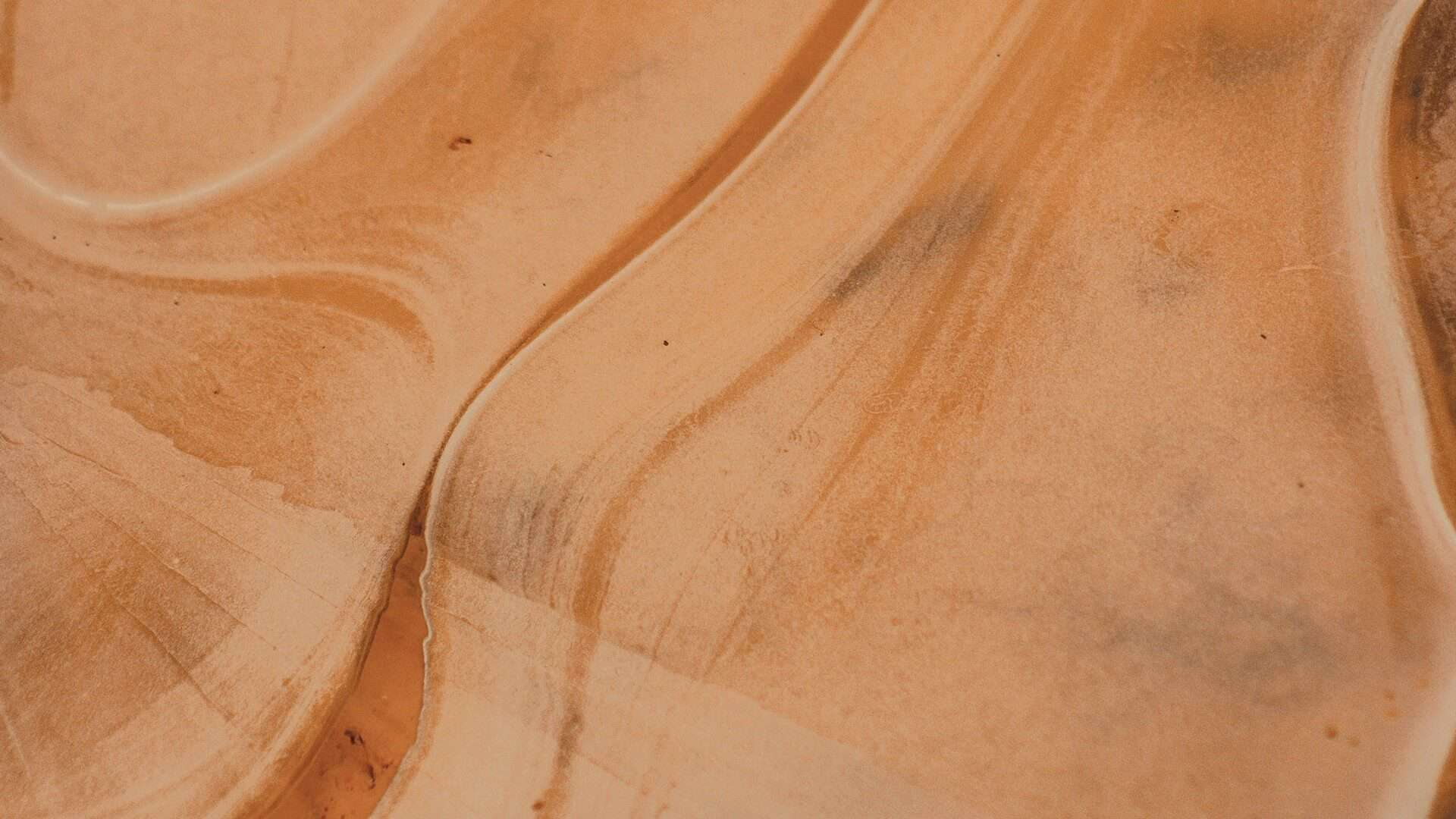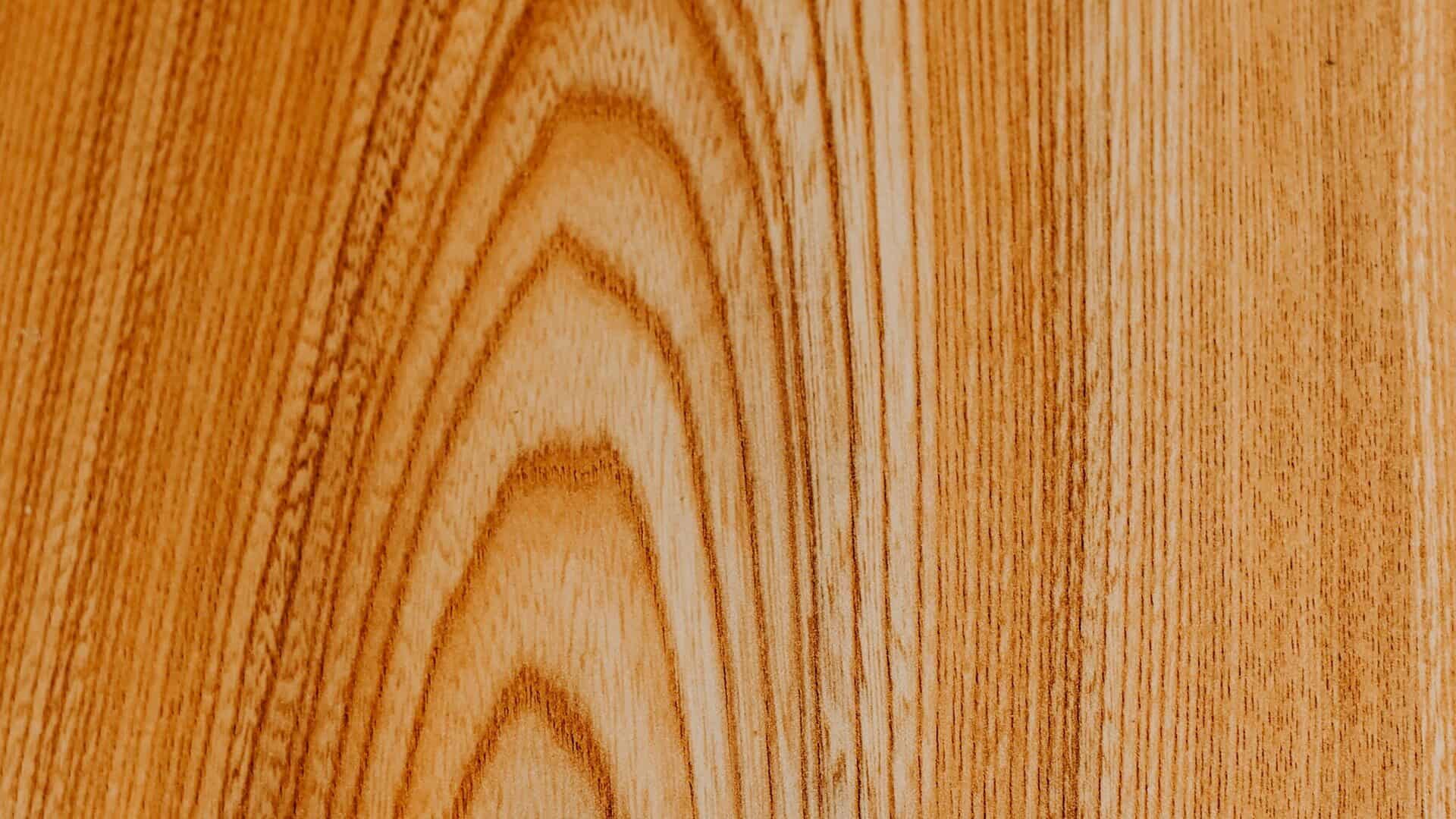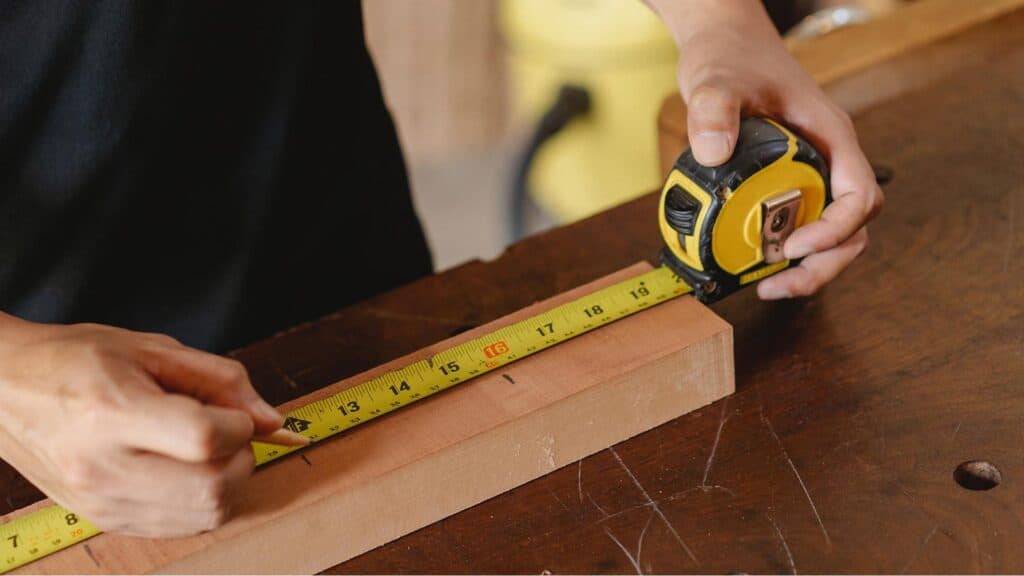When it comes to painting and coating, polyurethane is one of the most popular products on the market. It can be used on a variety of surfaces, both indoors and outdoors, to provide protection and a beautiful finish. However, many people are unsure of how long it takes for polyurethane to dry. In this article, we will answer that question and discuss all you need to know about drying time for polyurethane.
To answer the question…
Table of Contents
How Long Does Polyurethane Take to Dry?
Polyurethane drying time is between 2 and 24 hours, with a 30-day cure time. There are a few types of polyurethane so, the length of time it takes to dry is determined by the type of polyurethane you use. The two main types are water-based and oil-based polyurethane. Water-based polyurethane can take about 2 hours to dry, while oil-based polyurethane requires approximately 8 hours.
Now that we’ve generally covered the drying time for polyurethane, let’s discuss the difference between drying time and curing time.
The Difference Between the Curing Time and Drying Time of Polyurethane
Drying time is how long it takes for the product to become dry to the touch, meaning you can no longer make a fingerprint in it. Curing time is how long it takes for the product to reach its full hardness.
The drying time is also how long it takes until you can apply the next coat and the curing time is how long you have to wait until you can use the product as intended.
For example, if you are coating a table with polyurethane, the drying time would be how long you would wait for it to dry after the first coat of polyurethane to apply the next. The curing time is how long you have to wait until you can use the table.
What is the Cure Time and the Drying Time for Water-Based Polyurethane
For water-based polyurethane, the drying time is usually around 2 hours. The curing time is typically 3 weeks. You can usually start using the surface after a few days but it won’t be fully cured until the curing time is fully complete.
What is the Cure Time and the Drying Time for Oil-Based Polyurethane
As for oil-based polyurethane, the drying time is generally between 6 to 8 hours. Some finishes may take as 1-2 days to fully dry. The curing process takes about 30 days but you can begin using the surface after 4-5 days.
How Long Does Polyurethane Take to Cure?
When polyurethane is finished curing, it will be fully hard and completely durable. This means it will be less likely to scratch, dent, or stain. Polyurethane cure time is different than the drying time because it takes much longer for the product to reach its full hardness.
Water-based polyurethanes can take up to 21 days to fully cure and oil-based polyurethanes can take up to 30 days to fully cure.
Some natural oils in woods can also affect how long it takes for the polyurethane to cure. Wooden surfaces with high tannin levels, like oak and mahogany, can cause the curing process to take longer.
This can vary based on the air temperature and humidity of your home. Lower temperatures and higher humidity will cause the polyurethane coats to take longer to cure.
You can typically start using the surface after a few days but it won’t be fully cured until the curing time is fully complete.
Safety Precautions
It’s important to follow the proper safety precautions when applying polyurethane. Make sure to read the label of the product you’re using and follow the instructions.
Applying polyurethane in a well-ventilated area is important because the fumes can be harmful. If you’re using oil-based polyurethane, make sure to open a window or use a fan to ventilate the area.
Remember to wear proper protective equipment to avoid contact with volatile organic compounds. Wearing equipment such as gloves, a respirator, and eye protection is essential.
What Factors Affect Polyurethane Drying Time?
There are a few factors that can affect the drying time of your polyurethane project. The following are the most common:
- Type of polyurethane
- Temperature
- Humidity
- Number and thickness of the coats
- The condition of the wood
- Ventilation
- Type of sheen
Below we will explain each of these factors in more detail…
The Type of Polyurethane
The type of polyurethane you use will have the biggest impact on the drying time. Water-based polyurethane dries much faster than oil-based polyurethane.
Oil-based polyurethane: This type of polyurethane uses oil-based resins and liquid solvent for its base, it dries much slower than water-based polyurethane. It can take up to 24 hours for oil-based polyurethane to dry. Curing time is also much longer, taking up to 30 days.
The fast-drying version of oil-based polyurethane can take as little as four hours to dry but these products typically don’t have the same durability or longevity as regular oil-based polyurethane.
The type of wood you’re working with can also affect the drying time. Softer woods, like pine, will absorb the polyurethane faster, which will make it dry faster. Harder woods, like oak, will take longer to absorb the polyurethane and will take longer to dry.
Water-based polyurethane: This type of polyurethane uses water-based resins and dries much faster than oil-based polyurethane. It can take as little as two hours for water-based polyurethane to dry. Curing time is also shorter, taking only three weeks.
Water-based polyurethane provides less thick coats, which can be an advantage or disadvantage depending on the project. It also has less of an odor than oil-based polyurethane and is easier to clean up. The water base evaporates contributing to its shorter drying time and cure time.
The Temperature of Your Home
The temperature of your home will also affect the drying time of your polyurethane. If it’s too cold, the polyurethane will take longer to dry. If it’s too hot, the polyurethane will dry too quickly and can result in a bad finish.
The optimal temperature for drying polyurethane is between 70 and 80 degrees Fahrenheit. If it’s below 60 degrees, you might want to consider using a space heater to help speed up the drying process.
If applying outdoors, be aware of the temperature and humidity. Too much heat and direct sunlight can cause the polyurethane to dry too quickly. This can result in a bad finish with bubbles, streaks, or cracks.
Temperatures that are too cold will cause the polyurethane to take longer to dry. Cold temperatures, especially around 50 degrees Fahrenheit can result in the polyurethane not drying at all. If this happens, you’ll need to wait for the temperature to increase before trying to apply.
The Humidity
The humidity can be just as important as temperature when it comes to drying polyurethane. High humidity can cause the polyurethane to take much longer to dry and can even prevent it from drying completely. Humidity that is too low can cause the polyurethane to dry too quickly.
The ideal humidity for drying polyurethane is between 40 and 50 percent for water-based polyurethane. For oil-based polyurethane, the ideal humidity is around 70 percent. This can vary based on brand, product, or other conditions.
If the humidity is too high, the water in the polyurethane will take longer to evaporate. This can cause the polyurethane to take days or even weeks to dry. In some cases, the humidity can be so high that the polyurethane will never completely dry.
You can use a hygrometer to measure the humidity in your home. If it’s too high, you can use a dehumidifier to lower the humidity. If it’s too low, you can use a humidifier to raise the humidity. You can also use an HVAC system to help regulate the humidity in your home.
Coat Thickness
You want to apply thin coats of polyurethane to avoid runs and drips. But, thin coats will also dry much faster than thick coats. It’s best to apply several thin coats rather than one thick coat.
If you do apply a thick coat, it can take several days or even weeks for the polyurethane to dry completely. The thicker the coat, the longer it will take to dry.
You also want to avoid applying too many coats of polyurethane. More than three coats is not necessary and can actually result in a cloudy finish. If you do apply multiple coats, be sure to sand in between the second coat and third coat. This will help the polyurethane dry faster and provide a better finish.
Type of Application
The type of application can also affect the drying time. Polyurethane can be brushed on, wiped on, or sprayed on. Choosing the right application method can affect the drying time.
Brushing or wiping on polyurethane will take the longest to dry. This is because these methods don’t allow for a smooth application. The polyurethane will also be thicker, which will take longer to dry.
Spraying on polyurethane is the fastest method. This is because it provides a smooth, even coat. The polyurethane will also be thinner, which will dry faster.
Remember to follow the proper ventilation and safety precautions when applying polyurethane. Such as, wearing a respirator when spraying and allowing for proper ventilation.
Ventilation
Proper ventilation is important when applying polyurethane. You want to make sure the area is well-ventilated to allow the fumes to escape.
If you’re working indoors, open the windows and doors to allow for proper ventilation. You can also use a fan to help circulate the air.
If you’re working outdoors, make sure there’s a breeze to help ventilate the area. You can also use a fan to help circulate the air.
Type of Sheen
The type of sheen can also affect the drying time. Polyurethane is available in a variety of sheens, such as glossy, semi-gloss, satin, and matte (or flat). The higher the gloss, the longer it will take to dry.
Glossy polyurethane coatings will take the longest to dry because it’s the thickest. Semi-gloss and satin polyurethane will dry faster because they’re thinner. Matte (or flat) polyurethane will dry the fastest because it’s the thinnest.
The Condition or Quality of the Wood
The condition or quality of the wood can also affect the drying time. If the wood is dry and absorbent, it will take longer for the polyurethane to dry. If the wood is oily or wet, it will take less time for the polyurethane to dry.
You can test the wood by putting a drop of water on it. If the water beads up, the wood is not absorbent and the polyurethane will dry faster. If the water soaks into the wood, the wood is absorbent and the polyurethane will take longer to dry.
How Can You Speed Up Polyurethane Drying Time?
If you are in a hurry and need your project to dry faster, there are a few things you can do.
First, you can use a hair dryer on the low setting to help speed up the drying time. You want to hold the hair dryer about 12 inches away from the wood surface and move it around so you don’t overheat the area.
You can also use a fan to help circulate the air and speed up the drying time. If you’re working outdoors, make sure there’s a breeze to help ventilate the area.
Finally, you can apply a thin coat of polyurethane. A thin coat will dry faster than a thicker coat.
FAQs
Q: How long does it take for polyurethane to dry on hardwood floors?
A: It depends on the type of polyurethane, the type of application, the type of sheen, and the condition or quality of the wood. Generally speaking, it will take anywhere from six to 24 hours for polyurethane to dry on hardwood floors.
Q: How long does it take for Minwax polyurethane to dry?
A: Minwax polyurethane will take anywhere from 6 to 24 hours to dry.
Q: How long after the final coat before the wooden surface is ready to use?
A: It will take anywhere from 24 to 72 hours for the final coat to dry. However, it is best to wait at least a week before using the wooden surface. This will allow the polyurethane to cure completely.
Q: Can I use a foam brush to apply the polyurethane?
A: Yes, you can use a foam brush to apply the polyurethane. Just make sure to use a high-quality foam brush so there are no bristles that will come loose and get stuck in the finish.





